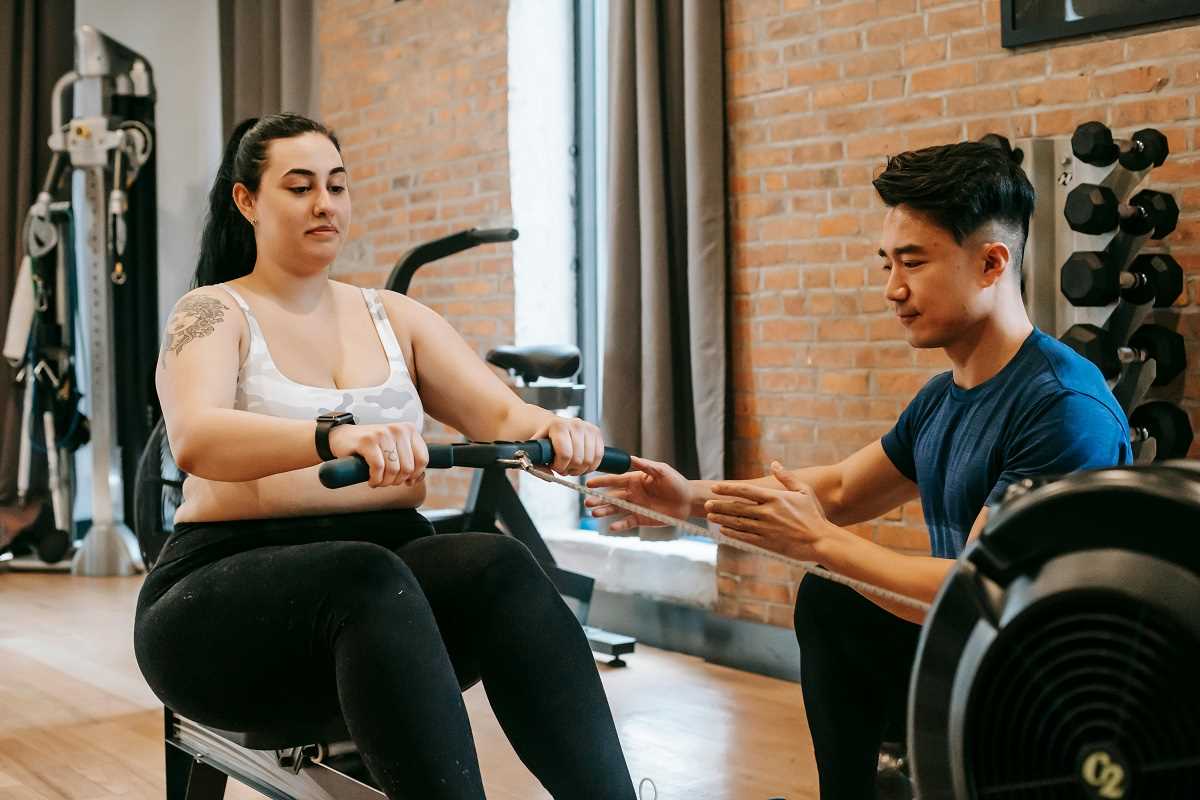For most college students, staying active is an essential part of daily life. Whether you’re hitting the gym, joining intramural sports, or just running to catch your next class (literally), movement is woven into your routine. But there’s one crucial factor that often gets overlooked in the race to stay fit and healthy: flexibility. Sure, stretching after a workout might seem like a waste of time when you could be lifting weights or running those extra miles, but the truth is, flexibility is the unsung hero of athletic performance and injury prevention.
If you're someone who associates flexibility with only yoga classes or gymnastics, it’s time to rethink that notion. You don’t need to touch your toes or do the splits to benefit from incorporating flexibility exercises into your fitness routine. Here’s why cultivating flexibility is a game-changer for performance, comfort, and longevity in any physical activity.
What Does Flexibility Really Mean?
Flexibility refers to the range of motion (ROM) around a joint or within a group of muscles. Essentially, flexibility determines how far your muscles can stretch without straining. It’s not solely about being able to bend in half or contort your body into pretzel shapes. True flexibility is functional and serves a purpose, allowing your muscles and joints to work together efficiently.
Think of your body as a machine. If stiff muscles or tight joints limit how things move, the entire system becomes less effective. This restriction could mean slower running speeds, lower power output, or even pain during everyday movements. Working on flexibility ensures all the "gears" in your body operate smoothly, helping you move more freely and comfortably.
Why Does Flexibility Matter for Performance?
You’ve probably heard the phrase “work smarter, not harder.” When it comes to physical performance, flexibility is the key to working smarter. Here’s why:
1. Improved Range of Motion
Flexibility helps expand your range of motion, which means your muscles and joints can move through their full intended range. For example, in sports like basketball or volleyball, improved range of motion can enhance your jump height or reach. For gym-goers, it improves weightlifting form, allowing you to squat deeper or press without strain. When your muscles can lengthen and contract properly, every movement becomes more effective.
2. Enhanced Strength and Power
Contrary to popular belief, flexibility and strength go hand in hand. Tight, rigid muscles often work against your efforts instead of with them. When your muscles are supple and flexible, they can generate more power because they’re not restricted. Imagine trying to snap a rigid rubber band versus a stretchy one. A flexible muscle can store and release energy more efficiently, boosting athletic performance.
3. Better Coordination
Maintaining flexibility isn’t just about moving your arms and legs farther; it’s also about improving the communication between your brain and muscles. When your muscles move freely, it enhances your coordination and balance. This is especially useful in activities like dance, martial arts, or even everyday actions like catching yourself when you trip.
Injury Prevention: Where Flexibility Shines
The other major benefit of flexibility is its protective power against injuries. Here’s how staying limber keeps you safe:
1. Reduced Risk of Strains
One of the most common types of sports injuries is a muscle strain, which happens when a muscle is overstretched or torn. Flexible muscles are less likely to suffer this kind of damage because they’re better equipped to handle stretches and rapid movements.
2. Healthier Joints
Keeping your muscles flexible can ease pressure on your joints. When muscles are too tight, they pull unevenly on the surrounding joints, leading to wear and tear over time. By maintaining flexibility, you reduce unnecessary stress on areas like your knees and shoulders, saving them from pain and damage later in life.
3. Improved Recovery
Flexibility also plays a key role in recovery. Stretching after exercise increases blood flow to the muscles, delivering essential nutrients for repair. It also decreases post-workout tightness, letting you bounce back quicker.
6 Simple Ways to Incorporate Flexibility into Your Routine
Okay, so flexibility sounds important—but how do you actually improve it? Luckily, it’s not as complicated as you might think. The following six methods are simple and effective ways to weave flexibility into your daily or weekly routine.
1. Warm Up Before Workouts
A good warm-up prepares your muscles and joints for movement. Dynamic stretches, like leg swings, arm circles, or walking lunges, are ideal for loosening things up and increasing blood flow before intense activity.
2. Dedicate Time to Stretching Post-Workout
After you exercise, take 5–10 minutes to cool down and do static stretches. Think hamstring stretches, quad pulls, or stretching out your lower back with a seated forward fold. Post-workout is the perfect time to focus on flexibility since your muscles are warm and pliable.
3. Practice Yoga or Pilates
Yoga and Pilates are two popular practices that seamlessly blend flexibility with strength training. Both focus on lengthening your muscles and improving balance, so even beginners can reap big benefits.
4. Foam Roll Regularly
Foam rolling (or self-myofascial release) is like giving your muscles a deep tissue massage. By rolling out tight spots, you improve tissue elasticity and increase your range of motion, all while reducing muscle soreness.
5. Try Active Isolated Stretching (AIS)
AIS involves holding stretches for only 2–3 seconds while actively engaging the opposing muscle. For instance, if you’re stretching your hamstring, you’d contract your quad. AIS techniques allow for a more controlled increase in flexibility without overdoing it.
6. Stay Consistent
You don’t have to spend hours stretching to see results. Even incorporating five to ten minutes of flexibility-focused exercises three to four times a week can make a noticeable difference. The key is sticking to a routine.
Common Myths About Flexibility (And the Truth Behind Them)
Like with most fitness topics, there are some widespread misconceptions about flexibility. Here are two major myths you might have heard, along with the truth:
Myth 1: “If I’m not naturally flexible, there’s no point in trying.”
Truth: Flexibility isn’t something we’re born with or without; it’s highly trainable. While genetic factors like joint structure play a role, everyone can improve their flexibility to some degree with consistent effort.
Myth 2: “Stretching before exercise prevents all injuries.”
Truth: While stretching is helpful for warming up, it’s not a foolproof injury shield. Injuries are multifaceted and can result from overtraining, poor form, or inadequate rest. Pairing proper form, strength work, and flexibility training is the best holistic approach to staying injury-free.
Beyond the Physical Benefits
It’s not all about the body. Flexibility exercises like yoga or gentle stretching can have profound effects on mental health too. Taking even a few minutes to stretch at the end of your study day can help reduce stress, increase relaxation, and improve your overall well-being.
Flexibility might not always feel as flashy as hitting a new bench press PR or running your fastest mile, but it deserves a spot at the top of your fitness priorities. By making even small efforts to improve your range of motion, you’ll unlock better performance, reduce your risk of injury, and feel more comfortable in your movements.
 (Image via
(Image via





